The melik mansion of Togh
Location
The mansion is located in the central part of Togh village of Hadrut region.
Historical overview
According to the inscription engraved on the entire facade of the second floor portal of the presence chamber of the mansion, the latter was built in 1737 by the founder of the Dizak melikdom Melik Yegan – one of the most prominent figures in the Armenian political life in the first half of the 18th century (Fig. 1). The inscription also provides detailed information about the political events of the time and the activities of Melik Yegan, as well as the melik rights granted to him (Papazyan 1985, 76-77).
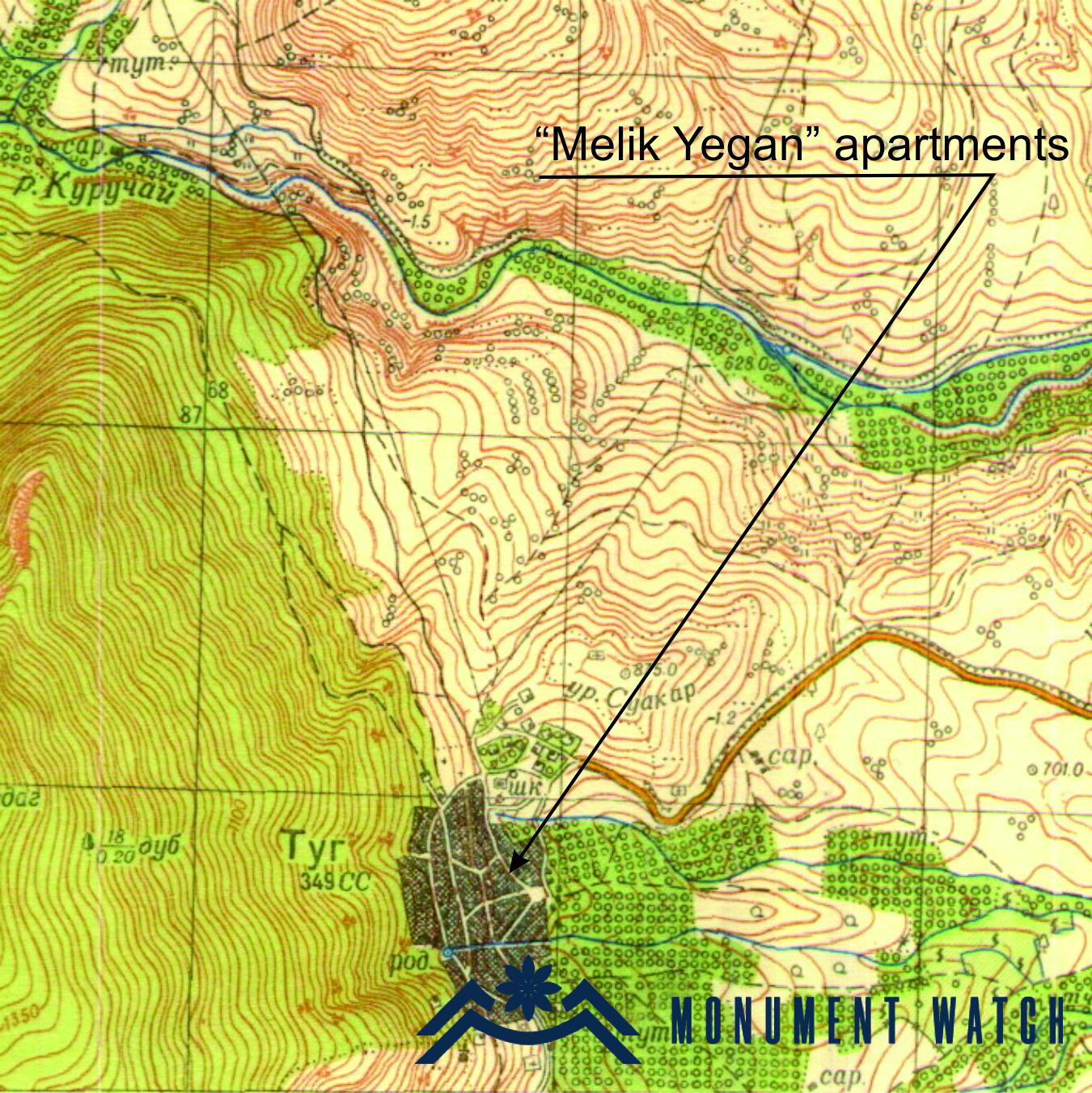
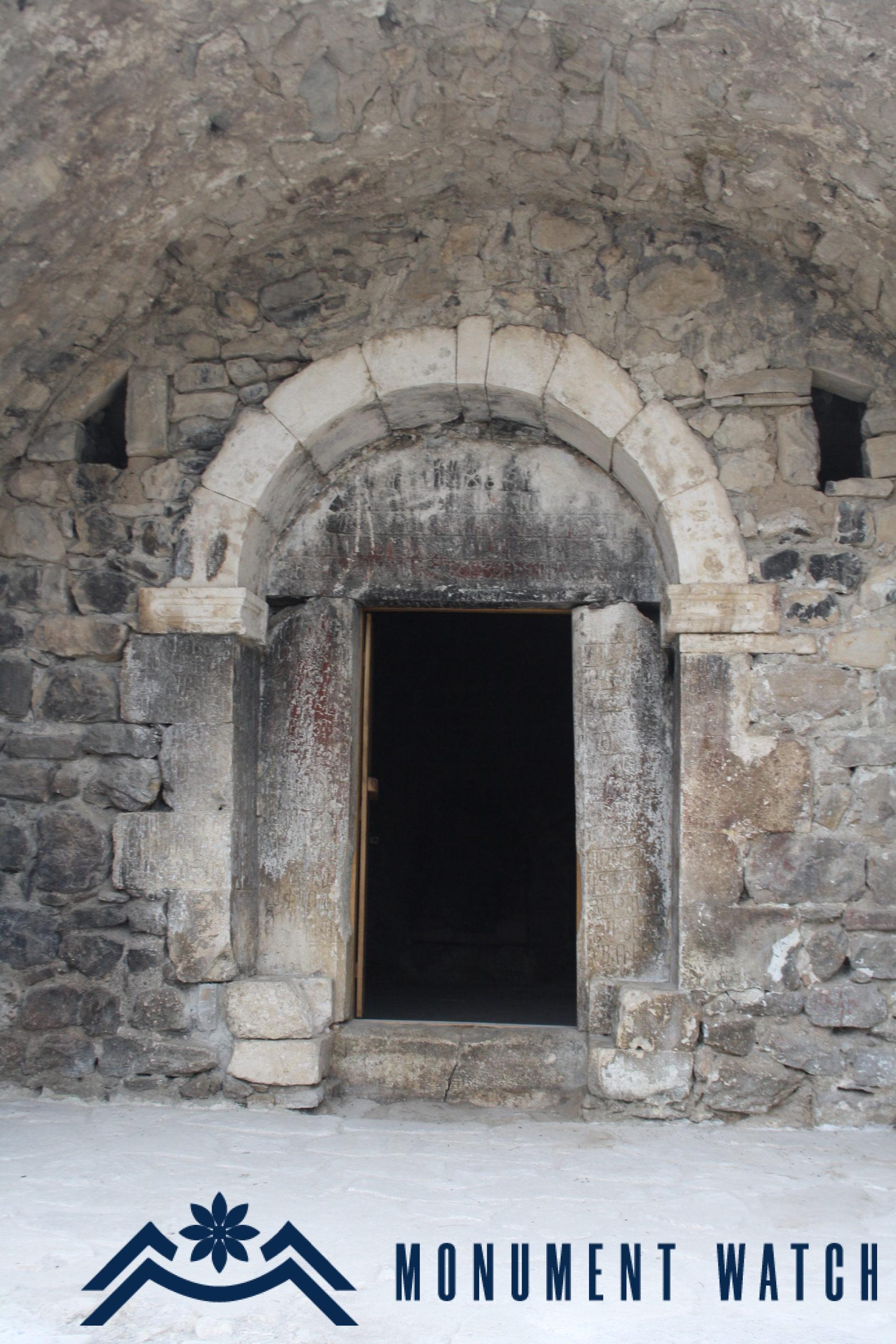
Fig. 1 The inccription of the presence chamber of Melik Yegan, photo by S. Danielyan.
Architectural-compositional description
The melik mansion of Togh is one of the earliest structures among analogous monuments in Artsakh.
Among the buildings included within the original design of the mansion, the main entrance, two vaulted rooms, a two-storey presence chamber, the main room, a stable, other adjacent rooms of economic significance and some parts of the surrounding wall of the mansion have been preserved (Fig. 2).
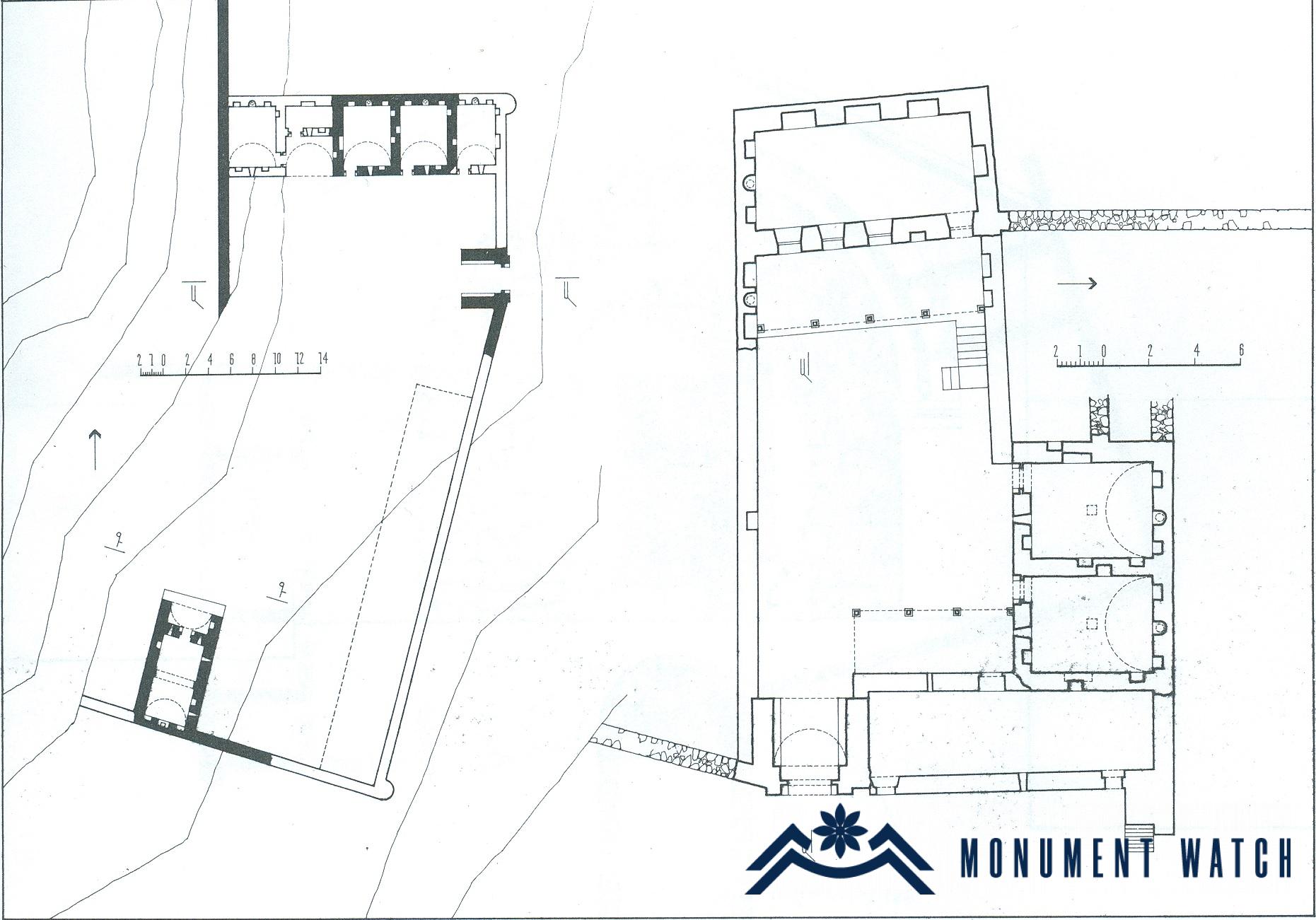
Fig. 2 The measurement-reconstruction of the melik mansion of Togh, Ghulyan A., The melik mansions of Artsakh and Syunik, “Gitutyun” Publishing House, Yerevan, 2001, p. 31, Fig. 6.
From the research point of view, the presence chamber is specifically of great value, which is unique not only in its multi-content building inscription and the mentioning of the nature of the building (“tanapa” – guest-hall-presence chamber), but also in its composition. It is a hall with a slightly skewed rectangular plan and a vaulted, gable roof. The continuation of the hall is the vaulted vestibule added later, with the already mentioned extensive inscription (Fig. 3).
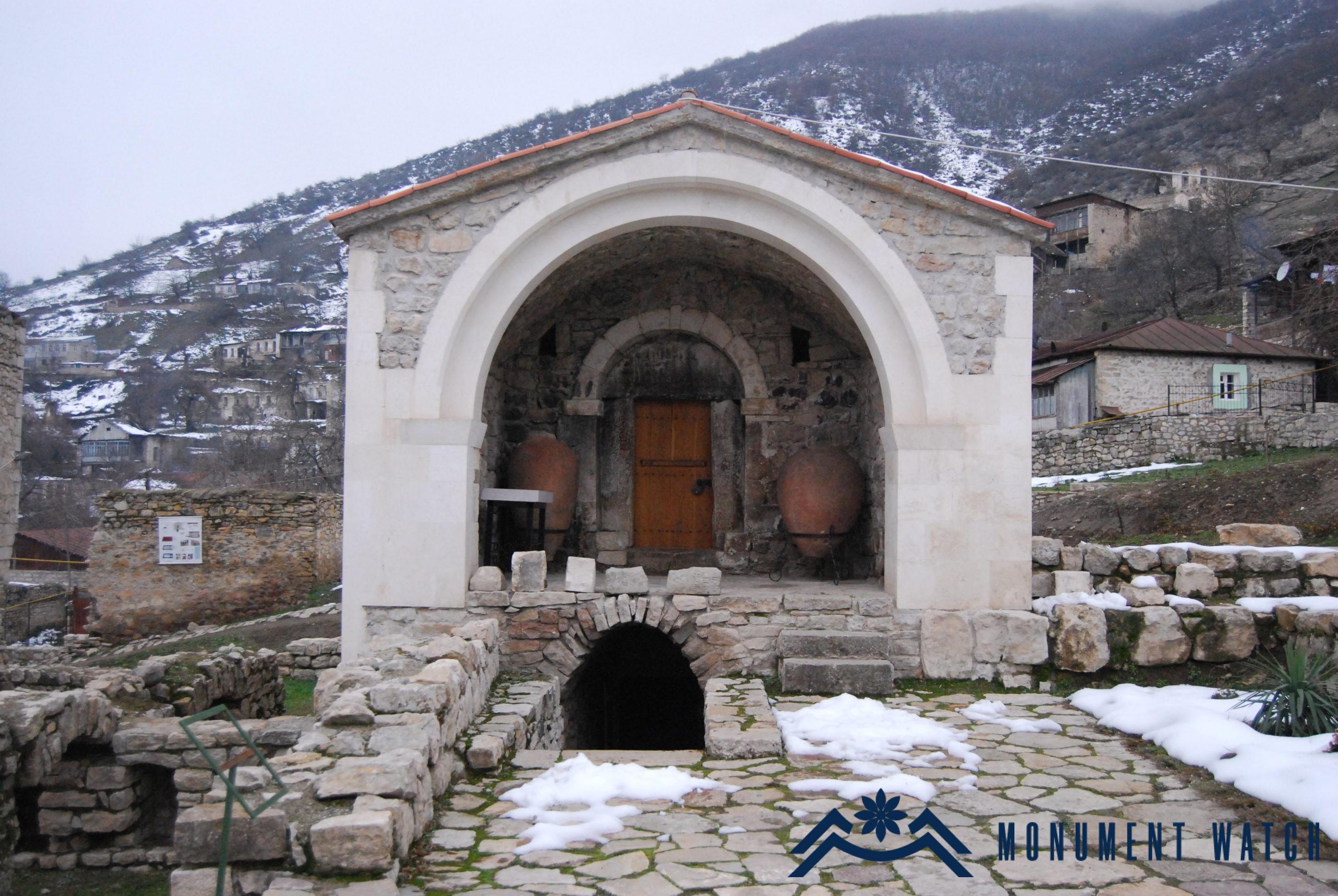
Fig. 3 The inscription of the portal of the presence chamber of Melik Yegan, photo by S. Danielyan.
The territory of the monument was subjected to archaeological research in 2009-2011, as a result of which various half-ruined and complete structures were certified, including a hall of the glkhatoun (main hall), a stable, some structures of economic significance, as well as valuable archaeological materials, including various plain, glazed and faience vessels and lamps, metal objects, etc. (Zhamkochyan, Babayan 2015, 152-162). These materials, although not in large quantities, provide important information about the craft products and livelihoods of the population of the region (Figs. 4-5).
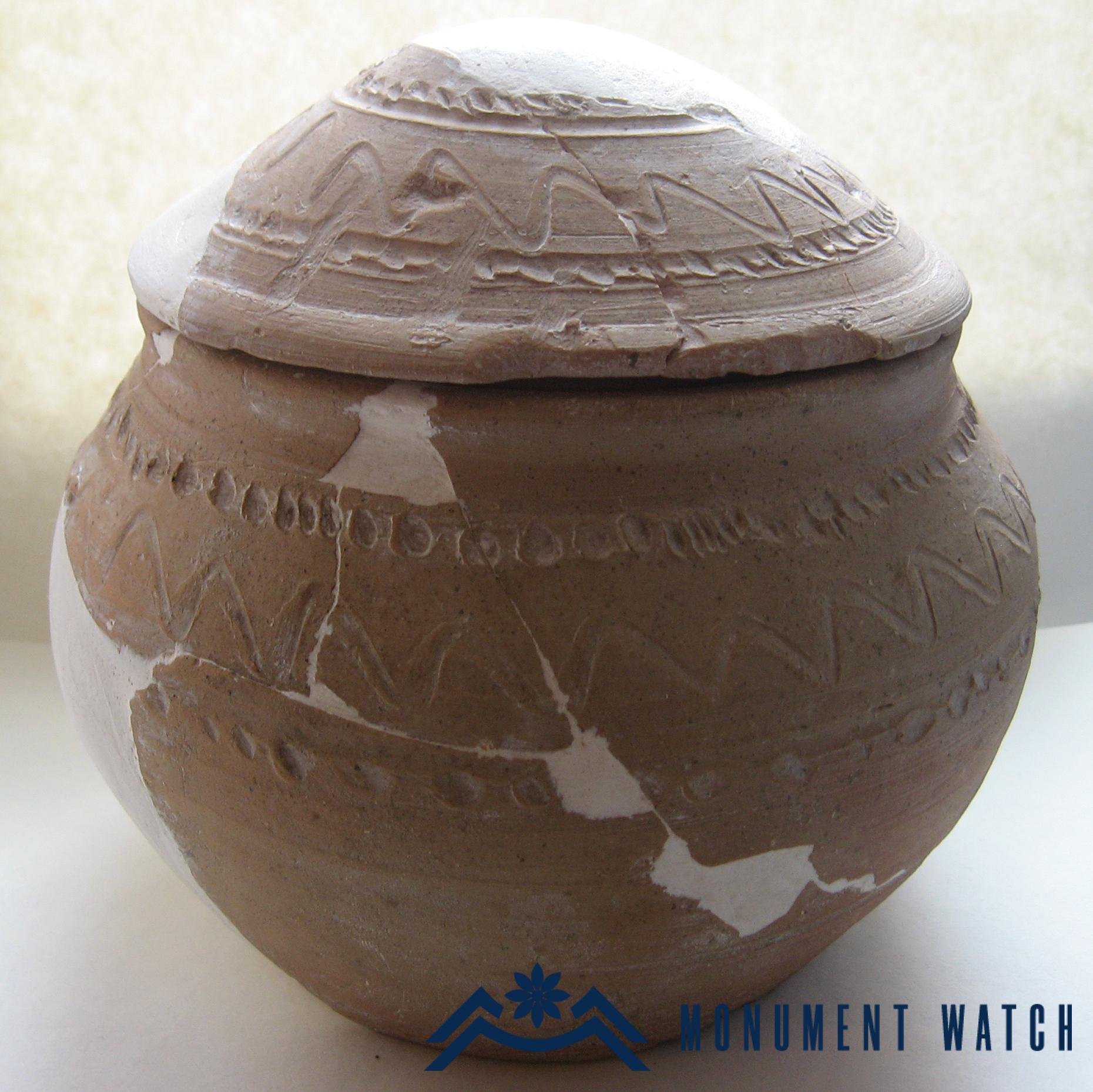
Fig. 4 Artefacts from the excavations of the melik mansion, the 2011 report of the Togh archaeological expedition.
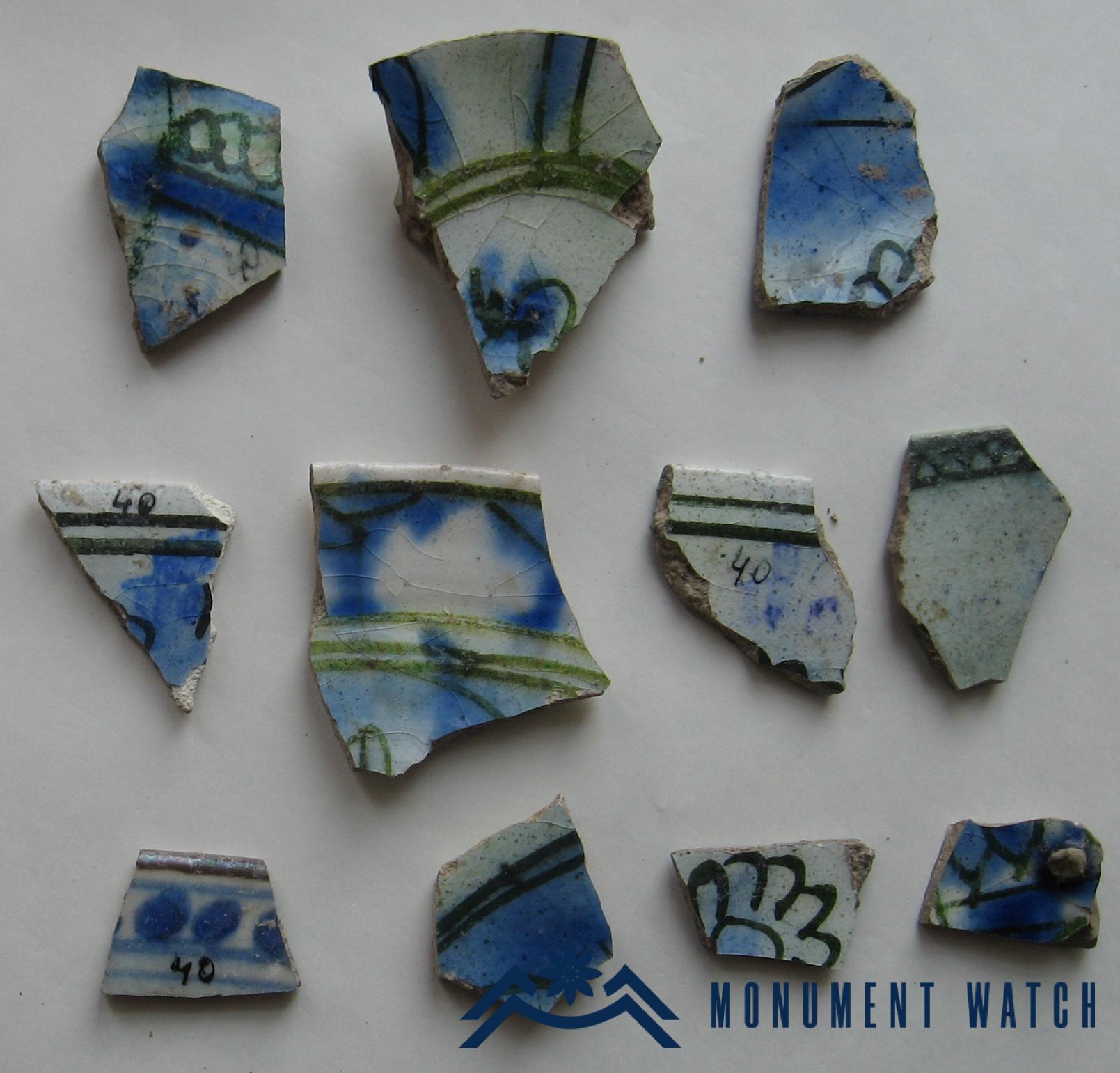
Fig. 5 Artefacts from the excavations of the melik mansion, the 2011 report of the Togh archaeological expedition.
After the excavations, the mansion was partially restored and reinforced, as well as included in the “Melik Mansion of Togh” state historical and cultural reserve, a museum was opened too (Fig. 6).

Fig. 6 The aerial photo of the Melik Mansion Reserve of Togh, 2017, photo by A. Mkrtchyan.
The condition before, during and after the war
Before the war, a part of the monument buildings were especially restored in recent years, and another part was in a dilapidated but reinforced condition. The presence chamber which was turned into a museum had been completely restored. During the war, after the population had left the village, all the exhibits remained in the museum. Judging by the spread videos, the view of the monument was not damaged during and after the war.
Bibliographic examination
We get the first written information about the mansion from Archbishop Sargis Jalalyants (Jalalyants 1858, 259-260), who visited here in the mid-19th century, and from Bishop Makar Barkhudaryants (Barkhutaryants, 1895, 77-84) at the end of the same century. H. Papazyan’s article entitled “The epigraphic inscription of the entrance of the presence chamber of Melik Yegan” (Papazyan 1985, 75-78) is very valuable for clarifying the period of construction of the mansion, the historical environment, as well as for elucidation of some functional issues, and the examination of architectural peculiarities is presented in detail in the studies by A. Ghulyan and M. Sargsyan (Ghulyan 2001, 30-35, Sargsyan, 1987, 132-140). Archaeological excavations are summarized in the article “The main results of the excavations of the mansion of Melik Yegan in Togh” by A. Zhamkochyan and F. Babayan (Zhamkochyan, Babayan 2015, 152-178).
Bibliography
- Zhamkochyan, Babayan 2015 – Zhamkochyan A., Babayan F., The main results of the excavations of Melik Yegan’s mansion in Togh, Archaeological studies in Artsakh in 2011-2012, Dizak Plus, Stepanakert, pp. 152-177.
- Ghulyan 2001 – Ghulyan A., The melik mansions of Artsakh and Syunik, Yerevan.
- Barkhutaryants 1895 – Makar Barkhutaryants, Artsakh, Baku.
- Jalalyants 1858 – Journey to Armenia Major, with diligence of Friar Sargis Sanahnetsi Jalalyants – the Armenian Diocesan Archbishop of Georgia, Imereti and elsewhere, Part 2, Tiflis.
- Archbishop Sargis Jalalyants, Journey to Armenia Major, Parts 1 and 2, with diligence of Samvel Grigoryan, Yerevan, 2016.
- Sargsyan 1987 – Sargsyan M., Melik residential complex in Togh borough, Historical-Philological Journal, Issue 3, pp. 132-140.
- Papazyan 1985 – Papazyan H., The epigraphic inscription of the portal of the presence chamber of Melik Yegan, Herald of Social Sciences, No. 5, pp. 75-78.
Togh
Artsakh